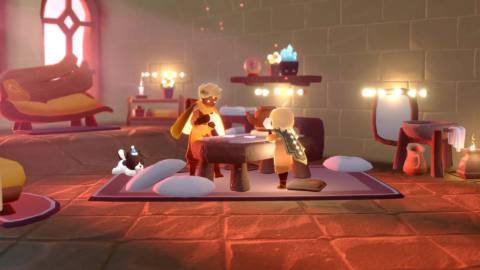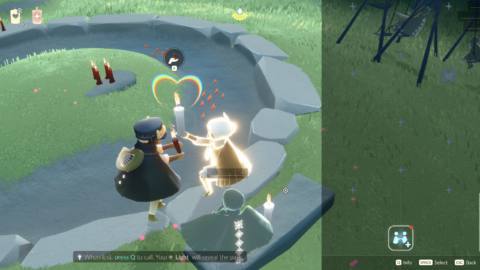Go Mecha Ball is one of those games you can just look at and know that it feels great to play. Movement so slick that the controls feel like second nature from the moment you pick up a controller, levels built to make you roll, roll roll until you reach the finish.
After watching the development of this single-player twin-stick shooter like some kind of freakish orb-coveting hawk, I’m very happy to say that the full game lives up to my lofty expectations, even if it might not have the staying power of the old gods of the genre.
A 30-second intro slideshow aside, Go Mecha Ball has no story. You’re a cute cartoon critter riding around in a mini-mech that can transform into a ball and roll around, fighting a bunch of weird glitchy trash robots in a series of arenas packed with platforms, ramps and boost-pads that can propel your ball form around like it’s a pinball table, smashing into enemies to deal satisfying contact damage on top of whatever you’re doing with your guns. Better yet, if you smack an enemy while they’re charging up an attack, you’ll cancel it (indicated by a satisfying DENIED text popup) and force them to drop some ammo, encouraging risky, aggressive play.
It’s all about that contact damage. Guns are good, but slamming into an enemy at full speed gave me that little jolt of joy even after finishing the game a half-dozen times. Everything in Go Mecha Ball is physics-driven, with no canned animations: Recoil on guns subtly pushes your character back, legs bracing against the kick, and enemies skitter around for purchase as they get hit by a big knockback hit. Despite being a fast arcade shooter, everything here feels solid, and every hit feels like it has a tangible effect.
Pinball bumpers vibrate and flash, and weak walls shake and shatter on impact. It’s a little overwhelming at times, but a feast of visual feedback.
That sense of reactivity is mirrored in the game’s soundscape. I couldn’t hum a single melody from this soundtrack despite each area having its own distinct theme, but I still lose myself in its bassy, propulsive beats every time I play. The tempo and mixing shifts constantly in response to the on-screen action. Trebles rise as a beam laser sweeps across the arena, and the bass gets cranked on the drums as a heavy enemy sprays bombs across the arena. It’s synaesthesia in a can. Jeff Minter would be proud.
Go Mecha Ball is entirely about that fast hit of adrenaline. Beyond a simple bit of roguelite progression (unlocking new characters, weapons, and upgrades using currency earned over multiple runs), this is a pure arcade experience. No padding, no pauses, four worlds, four bosses and about 45 minutes for a successful run through to the end.
If you’re after constant incremental upgrades or numbers going up, there’s not much here, but I think that’s fine—sometimes a game can just be small, round and perfectly formed.
Each run has you picking a character (each with their own starting upgrade and weapon, plus slightly different base stats) and a difficulty level, then diving into a simple progression through four themed worlds, each capped off with a boss. Each arena has three waves of enemies, and each level cleared gives you a roguelikey choice of three upgrades with decent potential for dialing in on a specific build, be it focused on guns, ramming, or special abilities. There's an opportunity to further customize by spending money in pre-boss-battle stores, or just get a quick top-up of health before the fight.


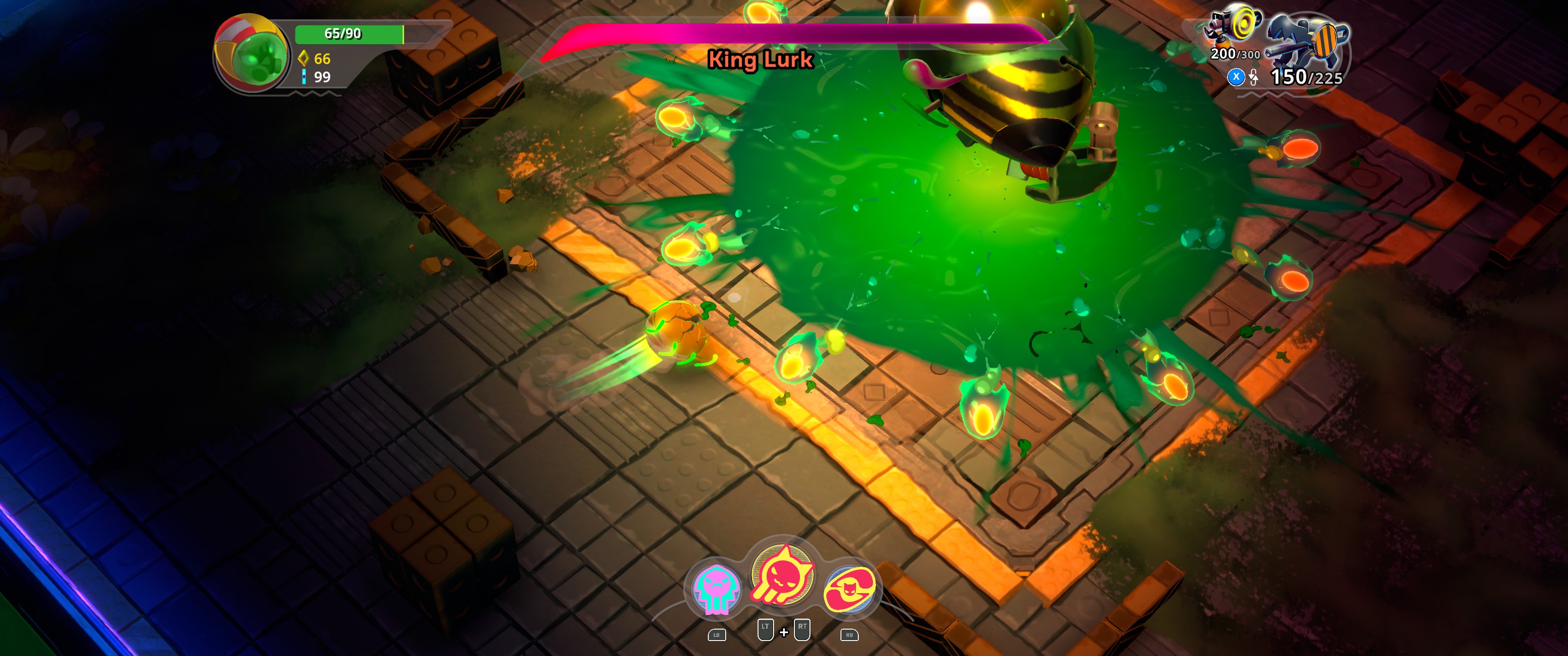


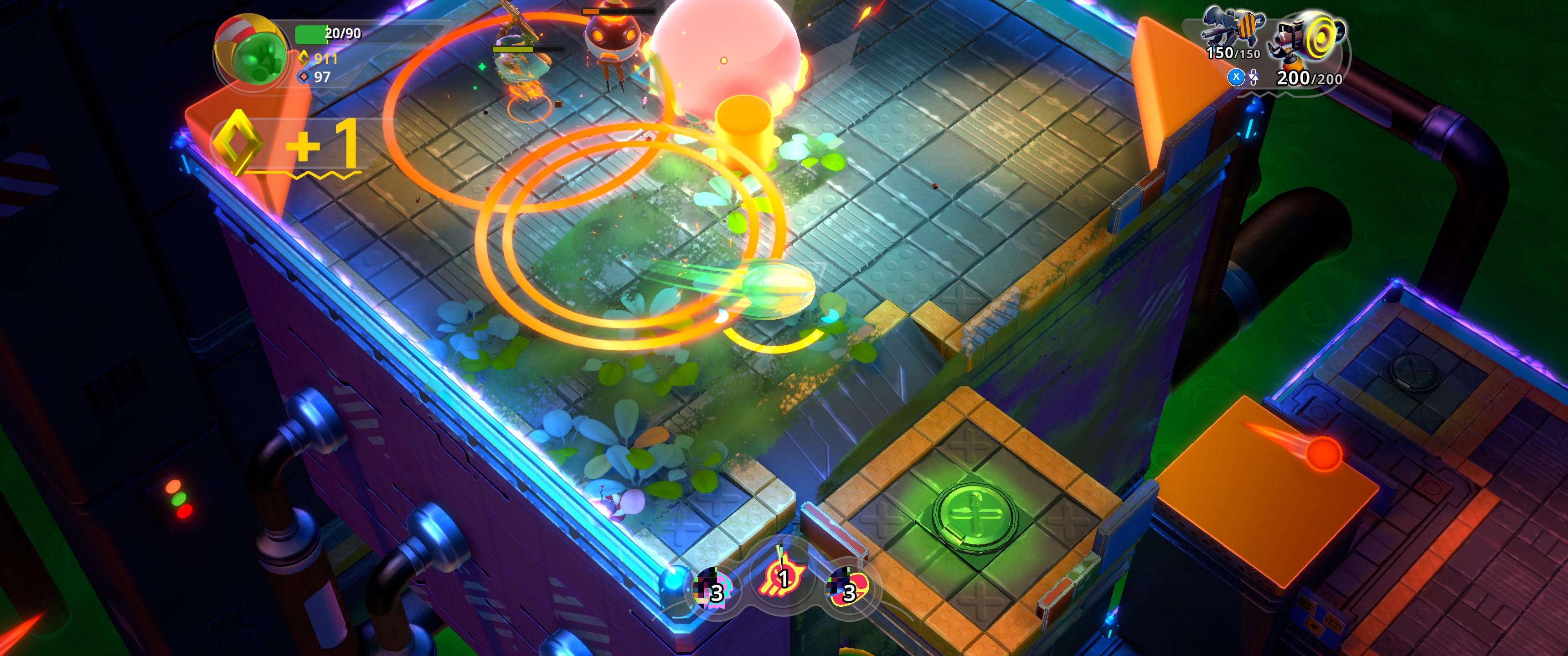
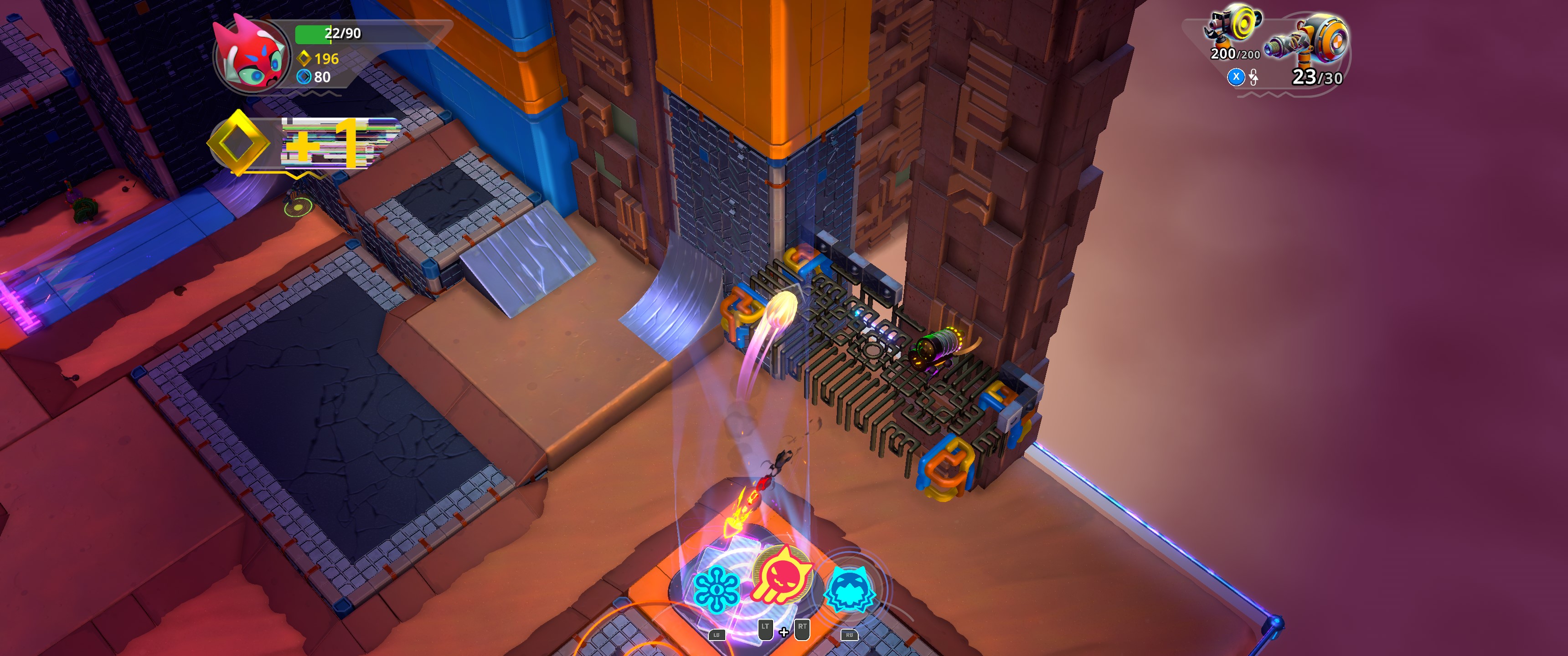

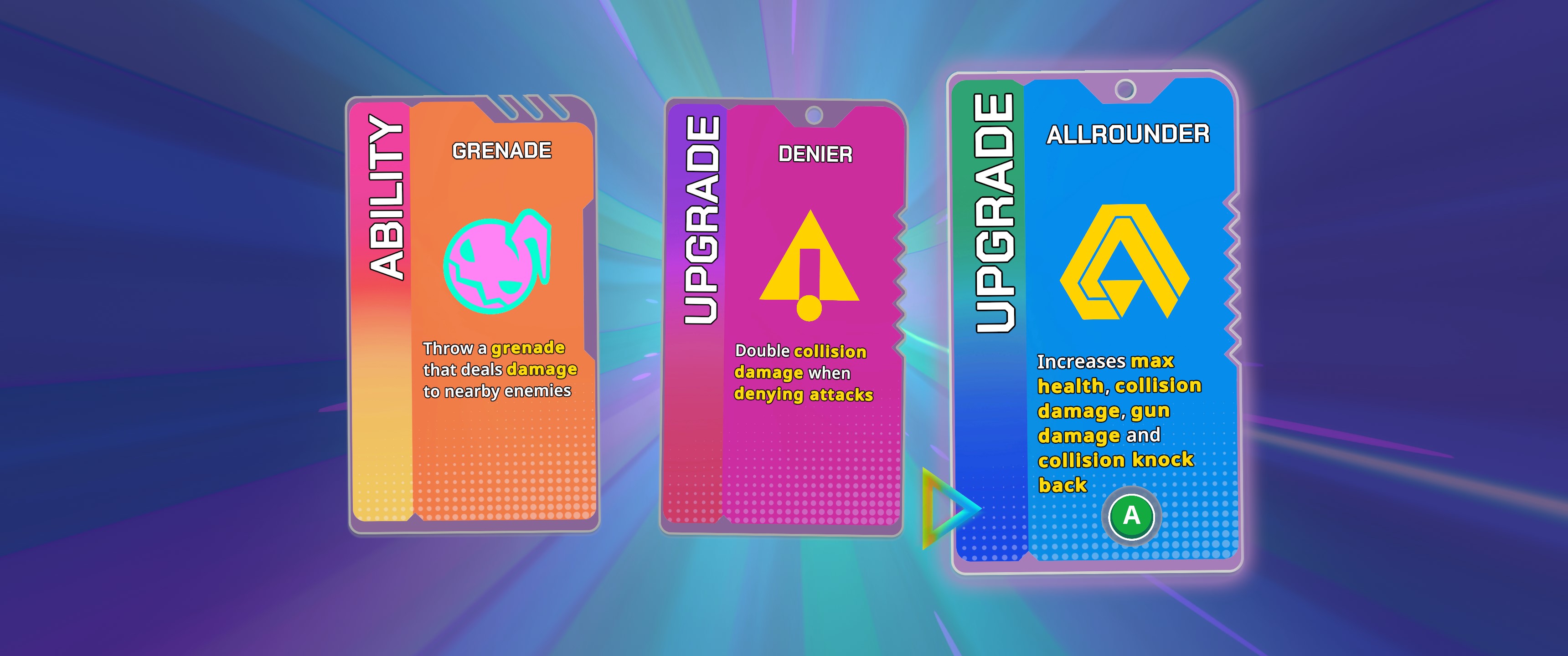
The ability upgrades (mapped to the left and right controller bumpers normally) are where much of the tactical depth arises. Recharging on swift cooldowns (often just 3-5 seconds per use), there’s projectiles, EMP blasts and grenades, but the ones I gravitate towards are the movement powers like rocket-jumps and ground pounds. There’s no jump button in Go Mecha Ball, forcing you to rely on ramps and bounce pads to get vertical, but a rocket jump provides a very satisfying way to go airborne and opens up the opportunity to do extra damage by landing on enemies.
There’s real skill involved in landing those drop shots, but I don’t think I’ll tire of literally dunking on enemies.
Considering the sheer speed and energy of the game, I expected to have a lot of trouble keeping track of the action, but everything is surprisingly readable. Enemy attacks tend to be well telegraphed, and bullet patterns are relatively sparse outside of boss fights. The only issue I had with readability is that despite there being a circular shadow drawn directly where you’ll be landing after going airborne, I’d have appreciated an indicator to connect my current aerial position to it. Skill issue, perhaps, but I still ended up losing a couple runs to missing drop attacks or even flying off the edge of the map.
Despite its arcade inspirations, Go Mecha Ball's not an especially hard game—or maybe I’ve still got it despite my rapidly graying beard. I got my first win on my third go, unlocking a higher difficulty that added additional fun wrinkles to the combat like extra landmines to dodge and chrome armored enemies that need to have their shells cracked with melee before they’ll take damage. Each difficulty (five total) seems to add a little extra twist like this, although the game doesn’t explain what new threats it’s dropping on you, just expecting you to roll around and find out.
The extra difficulties add a bit more variety to Go Mecha Ball, which could have felt stretched thin otherwise. Despite its loose roguelite inspirations, the levels aren’t procedurally generated. Which is good, as they’re well designed combat arenas full of distinct gimmicks, pipes, tricky areas to navigate to and dangerous enclosures, but you’ll have committed most of them to memory within a few hours of play. Good for developing muscle memory (skill always comes secondary to character build here), but again, potentially disappointing if you’re looking for Binding Of Isaac-esque longevity.
I’ve still yet to unlock the final character or the last two difficulty modes, but given how much fun I’ve had with Go Mecha Ball so far, that’s a case of ‘when’, not ‘if’. I’m not sure if I’ll be coming back for too much more after I’ve cleared everything. Without a glory-chasing high score board or seeded runs, there’s not quite as much long-term appeal here as some classics of the genre, such as Assault Android Cactus.
Even so, this is still one of the best twin-stick shooters I’ve played in years. Go Mecha Ball is out now on Steam and Xbox Game Pass.





